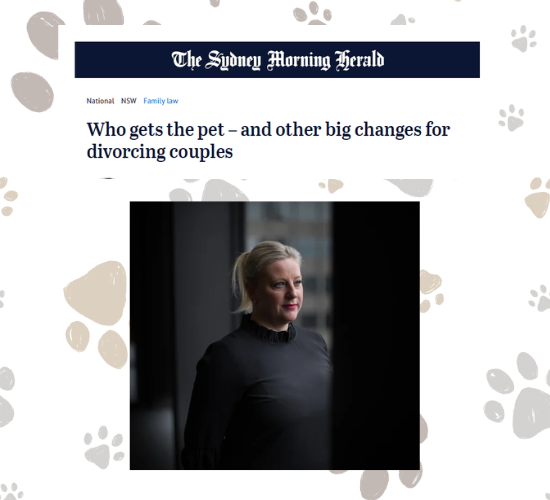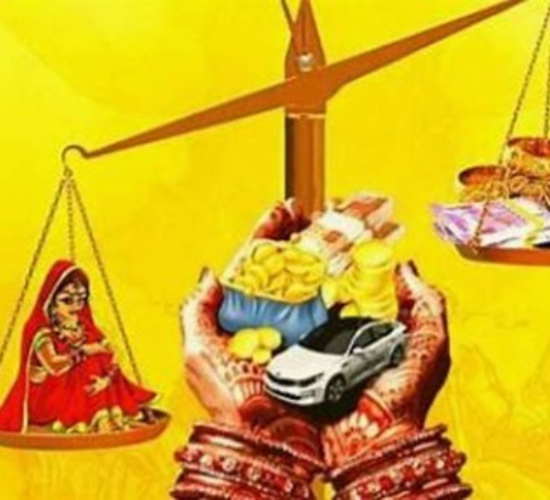I recently found myself ‘googling’ the term “ENM”, having noticed an increase of the term on a well-known dating App.
What is ENM?!
Apparently, this means ethically non monogamous. In other words, the person is in a marriage or committed relationship, but is allowed to date other people. My first reaction was to #swipeleft and then my family lawyer brain kicked in … Oh my! Do they know what they are getting in for?! #backtrack #swiperight: “do you need family law advice?”
Are Polyamorous Relationships On The Rise?
There are not a lot of stats available for polyamory in Australia. The CSIRO published research back in 2014 (yes, pre-covid19) that estimated 1 in 5,323 people were in a polyamorous relationship.
These statistics seem to seriously underestimate the number of people in open relationships when ABS survey data from 2016 showed that approximately 30% of gay males were in open relationships. Has anyone thought to survey people on a dating site?
How Polyamorous Relationships Are Dealt With in Australia
Bigamy is still a criminal offence under section 94 of the Marriage Act 1961, however, it is not an offence to be married and have a de facto partner, or to have multiple de facto partners. Polyamorous Islamic marriages are not recognised as legal marriages in Australia, but may be recognised as de facto relationships.
A person is considered to be in a de facto relationship if:
- they are not legally married;
- they are not related by family; and
- having regard to the circumstances of their relationship, they have a relationship as a couple living together on a genuine domestic basis.
To work out whether a person “has a relationship as a couple” (section 4AA Family Law Act 1975), the circumstances may include any or all of a list of factors including:
- the duration of the relationship;
- the nature and extent of a common residence;
- whether a sexual relationship exists; and/or
- the degree of financial interdependence and commitment to a shared life.
It is not necessary for people to live together all of the time for a de facto relationship to exist.
Some of the Consequences of ENMs / Plural Relationships
Government Benefits & Tax
Our social security law does not fully recognise the complexity of Australian families.
Social security payments are paid to individuals. Additional payments to income support recipients with dependant spouses was phased out in 1994 and was replaced by payments made to the spouses directly.
Eligibility for some payments, as well as rates of payment, can be affected by whether or not a person is a member of a couple. Factors such as the financial aspects of the relationship, nature of the household, social aspects, and whether or not a sexual relationship exists are considered.
Same sex relationships have been recognised under social security law since July 2009.
Polyamorous relationships are termed “multiple relationships”. Some members in a multiple relationship would receive the partnered rate of payment, which is lower than the single rate of payment. The members of the first formed relationship or the registered relationship, would receive the partnered rate of payment. All other members of the relationship would receive the single rate of payment pursuant to the Social Security Guide policy changes introduced in August 2018.
Some members of a multiple relationship are factored into income and asset tests. The income and assets of the members of the first formed relationship or the registered relationship are assessed against the income and assets of the other of them and the lower payment rate is applied to only them. All other members of the relationship are assessed as singles and their assets and income is not considered in relation to the other members.
Only one member can receive Family Tax Benefit, as this type of payment is made in respect of children within the relationship. The primary carer is the recipient in this case.
Here’s an example –
- C is living with two partners — A and B
- C and A formed their relationship first, B joined the ‘throuple’ later
- A has children with C
- B also has children with C
- C earns $100,000 per year
- A is not employed
- B earns $50,000 per year
Prior to the policy change, C and A would be treated as a couple and C and B would also be treated as a couple.
Under the current policy, only C and A would be treated as a couple and B would be deemed “single” for social security purposes. C’s income would not be relevant to B’s application and she would be eligible for parenting payment single and both family tax benefits. Previously, her income would be assessed as too high (her own $50,000 plus C’s $100,000 income) and preclude her from receiving any payments.
Property & Spousal Maintenance Claims
An ENM or ‘poly’ partner’s love might be endless, but their property and resources rarely are!
So far, there is very little caselaw relating to property division and spousal maintenance in relation to the breakdown of polyamorous relationships in Australia.
It is certainly possible, however, to be the respondent in an application for property division and/or maintenance by two or more applicants at the same time.
A more familiar scenario to the Federal Circuit and Family Court of Australia is contemporaneous claims arising from ‘technical’ multiple relationships. For example, when a still legally married spouse fails to clean up ‘mess number one’ before creating ‘mess number two’.
It is less clear how the Court would approach a situation where a member or members of a multiple relationship exited the relationship. The structure (for want of a better description) of their relationship would presumably need to be closely examined to ensure the exiting partner did not receive more than their fair share.
The answer, for the time being, might lie in a financial agreement under Part VIIIAB of the Family Law Act (commonly referred to as ‘pre-nups’) signed by all members of the relationship. The terms of the agreement would then govern ‘who gets what’ and whether maintenance is paid and to and by whom.
Parenting Issues
Poly relationships aside, working out who is a considered a parent can be tricky. For example, in the case of IVF assisted births, there are five presumptions for parentage:
- If a person is registered on the birth certificate, they are presumed to be a parent.
- A child born to a woman whilst she is married, is presumed to be a child of the woman and her husband. A child is further presumed to be a child of the marriage if born to a woman within 44 weeks of termination of the marriage by death or annulment.
- A child born to a woman while she is living with her partner, but they are not married, is presumed to be a child of the woman and her de facto husband. A child is further presumed to be a child of the relationship if born to a woman within 44 weeks of termination of the de facto relationship (separation).
- A child is a child of the woman and her partner under a prescribed law – for example in the case of IVF, provided the partner knew about and consented to the procedure, a donor of genetic material to bring about the child’s conception is not a parent of the child.
- A person is a parent if they are the subject of a court order declaring parentage.
Each of the above presumptions can be rebutted.
A person does not need to be a parent of a child to be involved in decision making and the care arrangements of a child. Members of a poly or multiple relationship who are not the parent(s) of the child, can still apply to the Court for orders that the child live with or spend time with them. This would be supported if it was found to be in the child’s best interests.
You can be a non-parent carer and receive child support. However, Australia’s child support scheme does not recognise obligations on the part of non-parents to support a child post separation.
Legislative Change
Poly or multiple relationships remain taboo for most Australians, however, there has been more discussion about polyamory in the last couple of years.
Last year, the New Zealand High Court determined a case involving a married couple in a relationship with a third person. The “third” owned the home in which they lived for 18 years. The wife in that relationship left but did not receive a share of the house. The Court in that case called for law reform to address such circumstances.
Whether this slow acceptance is recognised at a legislative level in Australia remains to be seen.



